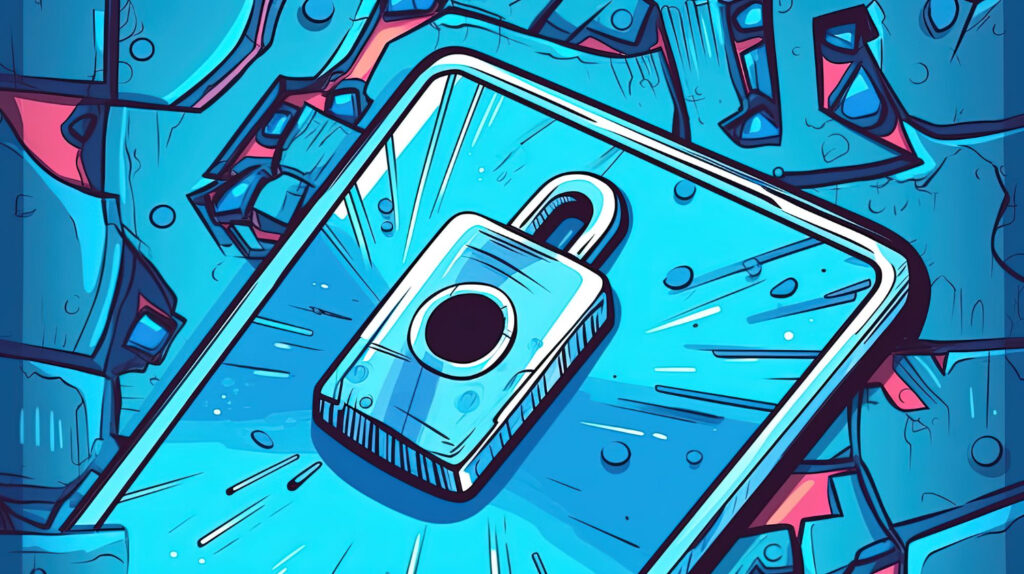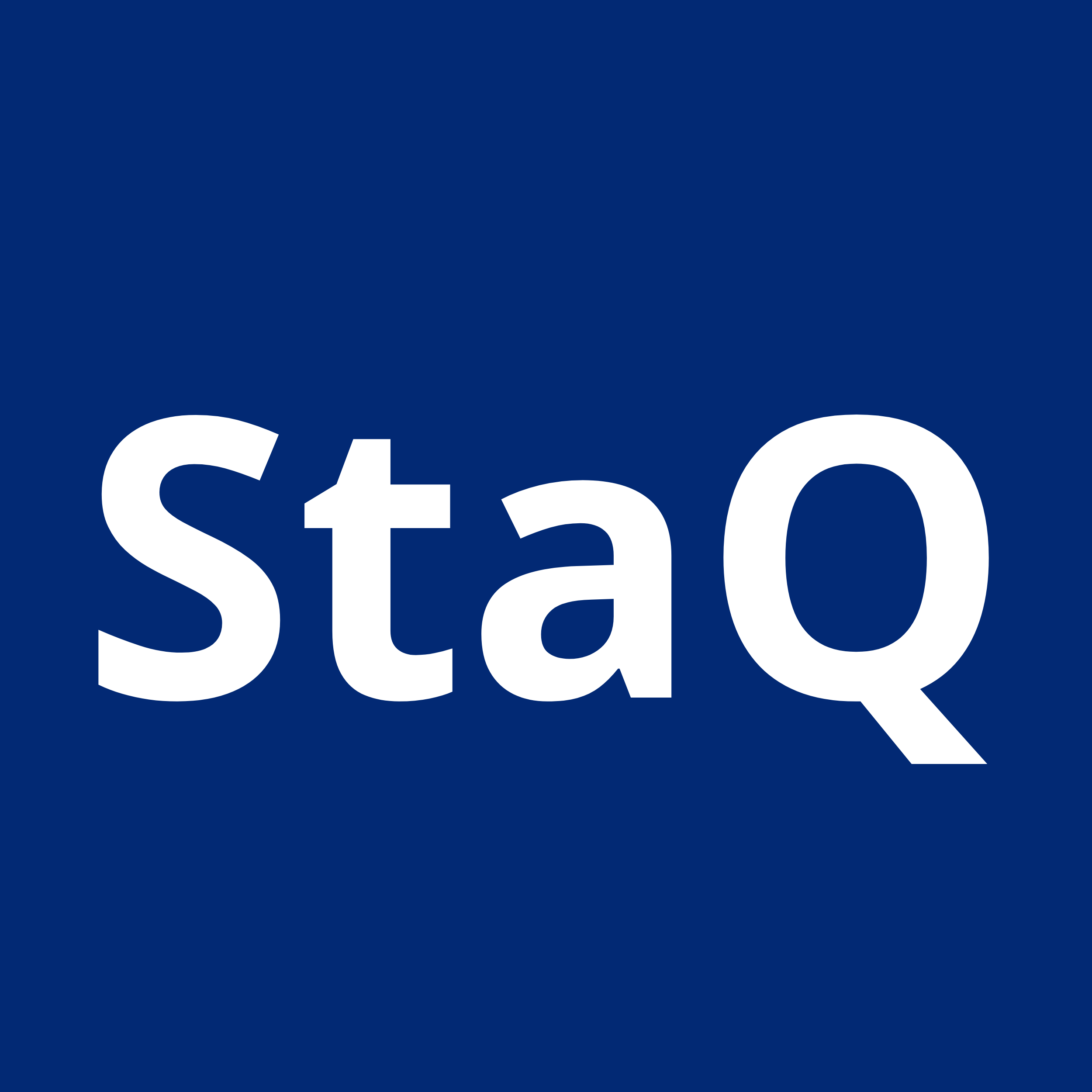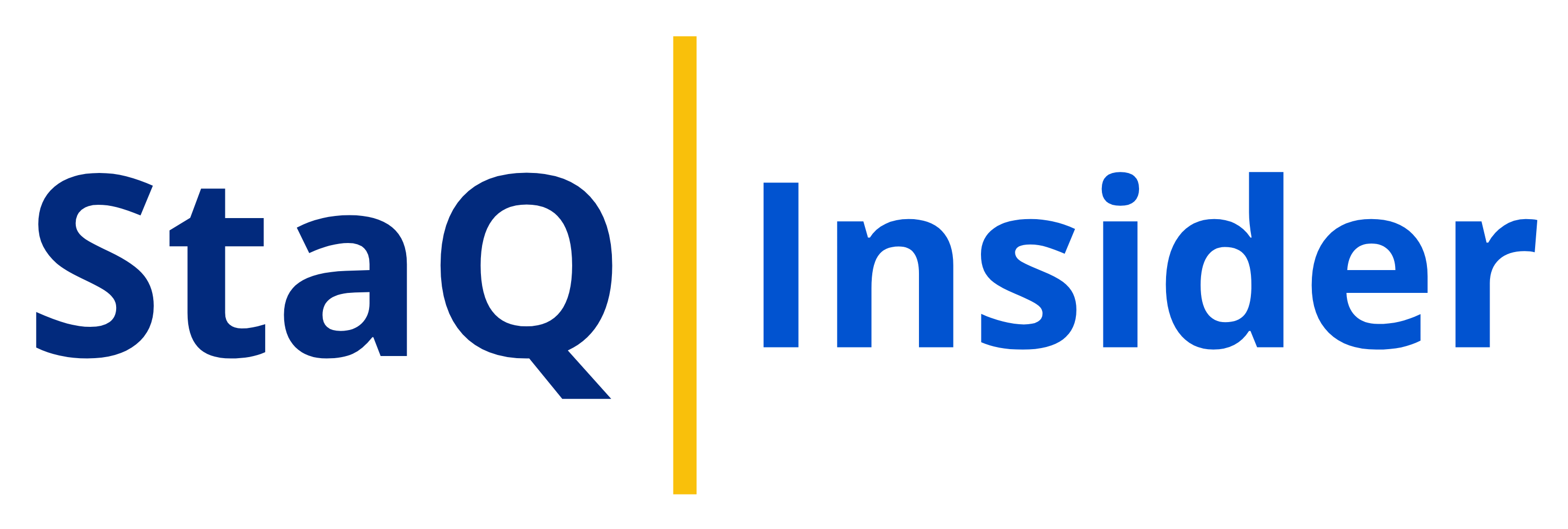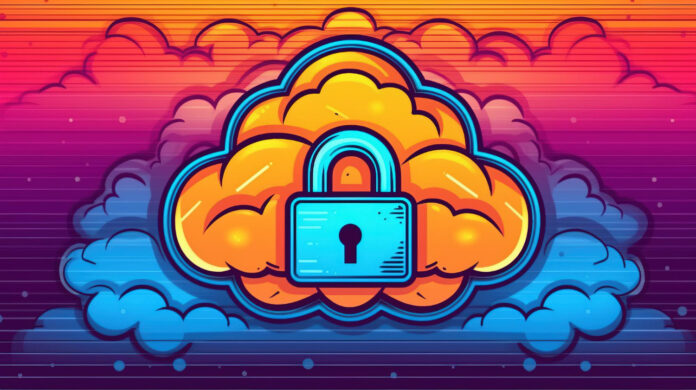Small and medium-sized businesses (SMBs) are the backbone of the global economy, but they often lack the resources and expertise to defend against sophisticated cyber threats. From ransomware attacks that can cripple operations to data breaches that erode customer trust, the consequences of a security incident can be devastating. Fortunately, with the essential cybersecurity tools in place, SMBs can protect their data, networks, and reputation.
Let’s explore the essential tools that can fortify your defenses and ensure business continuity!
What Is Cybersecurity for Businesses?
Cybersecurity for businesses is essentially the practice of protecting their digital assets from unauthorized access, theft, disruption, or damage. It’s a multi-layered approach that involves various tools, techniques, and strategies to safeguard:
-
Data: This includes customer information, financial records, intellectual property, and any other sensitive business data.
-
Systems: This encompasses computers, servers, networks, and any other devices that store or process data.
-
Operations: This refers to the overall functioning of the business, including its ability to conduct transactions, communicate with customers, and maintain productivity.
By implementing a strong cybersecurity strategy, businesses can:
-
Minimize the risk of data breaches and cyberattacks.
-
Protect their reputation and customer trust.
-
Avoid costly downtime and financial losses.
-
Maintain a competitive edge in a digital marketplace.
In simpler terms, cybersecurity empowers businesses to operate with confidence in the digital age, minimizing risks and ensuring the smooth flow of information.
How Important Is Cybersecurity?
Cybersecurity has become an imperative for businesses of all sizes, not just a “nice to have.” Here’s why, backed by some eye-opening statistics:
-
Financial Impact: The average cost of a data breach for a business in 2023 is estimated to be a staggering $4.35 million, according to IBM’s Cost of a Data Breach Report. Smaller businesses are often targeted as they may have weaker defenses.
-
Frequency of Attacks: Businesses are under constant siege. According to Verizon’s 2023 Data Breach Investigations Report, 82% of data breaches involved a human element, such as phishing or stolen credentials.
-
Existential Threat: A successful cyberattack can be devastating for a small or medium business. Studies by the National Cyber Security Alliance and Breach Secure suggest that 60% of businesses that experience a major attack go out of business within six months.
These statistics paint a clear picture: cybersecurity is no longer optional. It’s a crucial investment in your business’s survival and success.
How can Cybersecurity Tools/Software help?
Cybersecurity tools are like a digital Swiss Army knife for SMBs. They equip businesses with the necessary defenses to:
-
Block threats: Antivirus, firewalls, and intrusion detection systems form a shield against malware, phishing attacks, and unauthorized access attempts.
-
Safeguard data: Encryption scrambles sensitive information, while data loss prevention tools prevent accidental leaks.
-
Strengthen defenses: Vulnerability management identifies weaknesses, and patch management ensures systems are up-to-date and secure.
-
Respond effectively: Security information and event management (SIEM) tools help detect and respond to incidents quickly, while incident response plans outline clear steps for recovery.
-
Empower employees: Security awareness training educates staff on identifying threats and avoiding risky behavior.
-
Maintain business continuity: backup and disaster recovery plans ensure minimal disruption in case of an attack.
By deploying these tools and fostering a security-conscious culture, SMBs can create a robust digital defense, operate with confidence, and focus on core business goals. Discover the 10 Best Cybersecurity Software Every Business Needs to Safeguard Operations.

Essential Cybersecurity Tools for Small and Medium-sized Businesses (SMBs)
While the ever-evolving threat landscape can feel daunting, SMBs don’t have to go it alone. A robust cybersecurity toolkit equips businesses with the necessary defenses to combat cyberattacks and safeguard their digital assets. Let’s explore some essential tools and how they empower SMBs:
-
Antivirus/Anti-malware Software:
Protects systems and devices from viruses, worms, Trojans, spyware, and other malicious software by detecting, blocking, and removing them. Popular options include Bitdefender, Kaspersky, and Malwarebytes.
-
Firewalls (Hardware and Software):
Monitors and controls incoming and outgoing network traffic based on predetermined security rules, providing a barrier between a trusted internal network and untrusted external networks or hosts. Popular options include Cisco Firewall and pfSense.
-
Virtual Private Network (VPN):
Establishes a secure, encrypted connection over the internet, allowing remote users and employees to access internal resources and networks securely. Popular options include OpenVPN, and NordVPN.
-
Password Manager:
Stores and manages complex, unique passwords for various accounts, applications, and websites, reducing the risk of using weak or reused passwords. Popular options include LastPass, 1Password, and Dashlane.
-
Multi-Factor Authentication (MFA):
Adds an extra layer of security by requiring multiple forms of authentication, such as a password and a one-time code or biometric verification. Popular options include Google Authenticator, and Microsoft Authenticator.
-
Data Encryption Tools:
Encodes data to make it unreadable and secure from unauthorized access, protecting sensitive information during transmission and storage. Popular options include VeraCrypt, and Sophos SafeGuard Encryption.
-
Backup and Disaster Recovery Solutions:
Regularly backs up data and systems, enabling quick restoration in case of data loss, corruption, or system failure due to cyber attacks or other incidents.Popular options include CrashPlan, Acronis Cyber Protect, and Veeam.
-
Security Information and Event Management (SIEM):
Collects, analyzes, and correlates log data from various sources to detect threats, anomalies, and potential security incidents. Popular options include Splunk, Sumo Logic, and ArcSight.
-
Vulnerability Scanning and Penetration Testing Tools:
Identifies and reports on security weaknesses and vulnerabilities in systems, networks, and applications, helping organizations address and mitigate risks. Popular options include Nessus, OpenVAS, and Acunetix.
-
Web Application Firewall (WAF):
Monitors, filters, and blocks malicious traffic targeting web applications, protecting against common web-based attacks like SQL injection, cross-site scripting (XSS), and others. Popular options include Cloudflare WAF, Imperva WAF, and Sucuri WAF.
-
Email Security and Spam Filtering:
Scans incoming and outgoing emails for malware, phishing attempts, and spam, reducing the risk of email-based threats and data breaches. Popular options include Mimecast, Proofpoint Essentials, and Barracuda Essentials.
-
Security Awareness Training for Employees:
Educates and trains employees on cybersecurity best practices, helping them recognize and avoid potential threats like phishing, social engineering, and other human-targeted attacks.Popular options include KnowBe4, SANS Security Awareness Training, and PhishingBox.
-
Mobile Device Management (MDM):
Secures, monitors, and manages mobile devices like smartphones and tablets used for work purposes, enforcing security policies and protecting corporate data. Popular options include VMWare Workspace ONE, Microsoft Intune, and MobileIron.
-
Cloud Security Solutions:
Secures data, applications, and workloads hosted in the cloud, providing visibility, control, and protection against cloud-based threats and misconfigurations. Popular options include Amazon Web Services Security Hub, Microsoft Azure Security Center, and Google Cloud Cloud Armor.
-
Endpoint Detection and Response (EDR):
Continuously monitors and collects data from endpoints (laptops, desktops, servers) to detect and respond to cyber threats and security incidents. Popular options include Crowdstrike Falcon Insight, Palo Alto Networks Cortex XDR, and McAfee Endpoint Security.
-
Managed Detection and Response (MDR):
Outsourced security service that combines technology and human expertise to monitor, detect, investigate, and respond to cybersecurity threats and incidents on behalf of the organization. Popular options include Deepwatch, Rapid7, and Fidelis Security.
-
Security Orchestration, Automation, and Response (SOAR):
Combines security operations tools and processes into a unified platform, automating and orchestrating security tasks, incident response, and threat mitigation. Popular options include SIEMatic SOAR Platform, Palo Alto Networks Cortex XSOAR, and MacAfee MVISION SOAR.
-
Incident Response Planning and Services:
Develops and implements strategies, policies, and procedures for effectively responding to and recovering from cybersecurity incidents, minimizing the impact and damage. Various cybersecurity consultancies offer incident response services.
By implementing a combination of these tools and fostering a culture of cybersecurity awareness, SMBs can significantly reduce their cyber risk and operate with greater confidence in the digital world.
Need a professional’s help? Let StaQ.ai help you secure your online assets and protect your business from threats. Our team of specialists can assess your needs, recommend the best solutions, and ensure your SMB is well-equipped to combat cyberattacks. Contact us today and breathe a sigh of relief knowing your digital fortress is secure!




